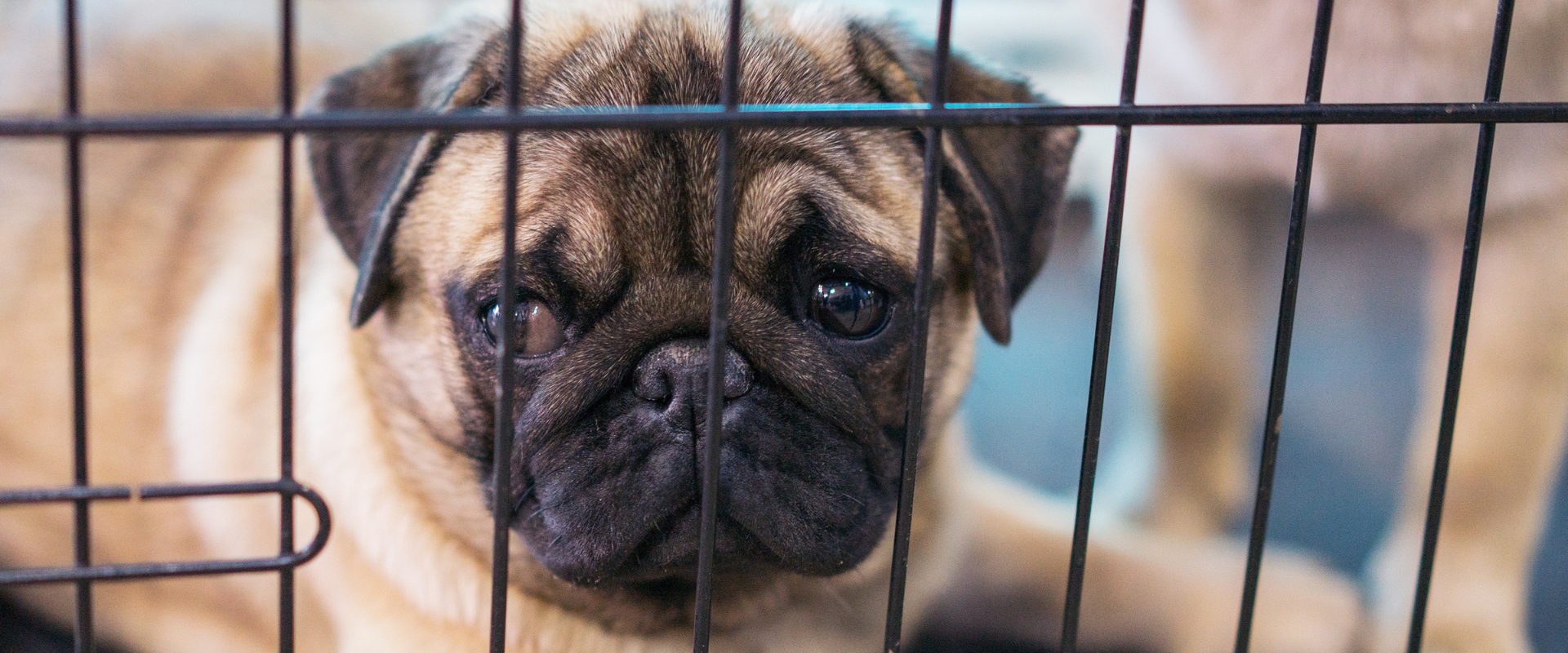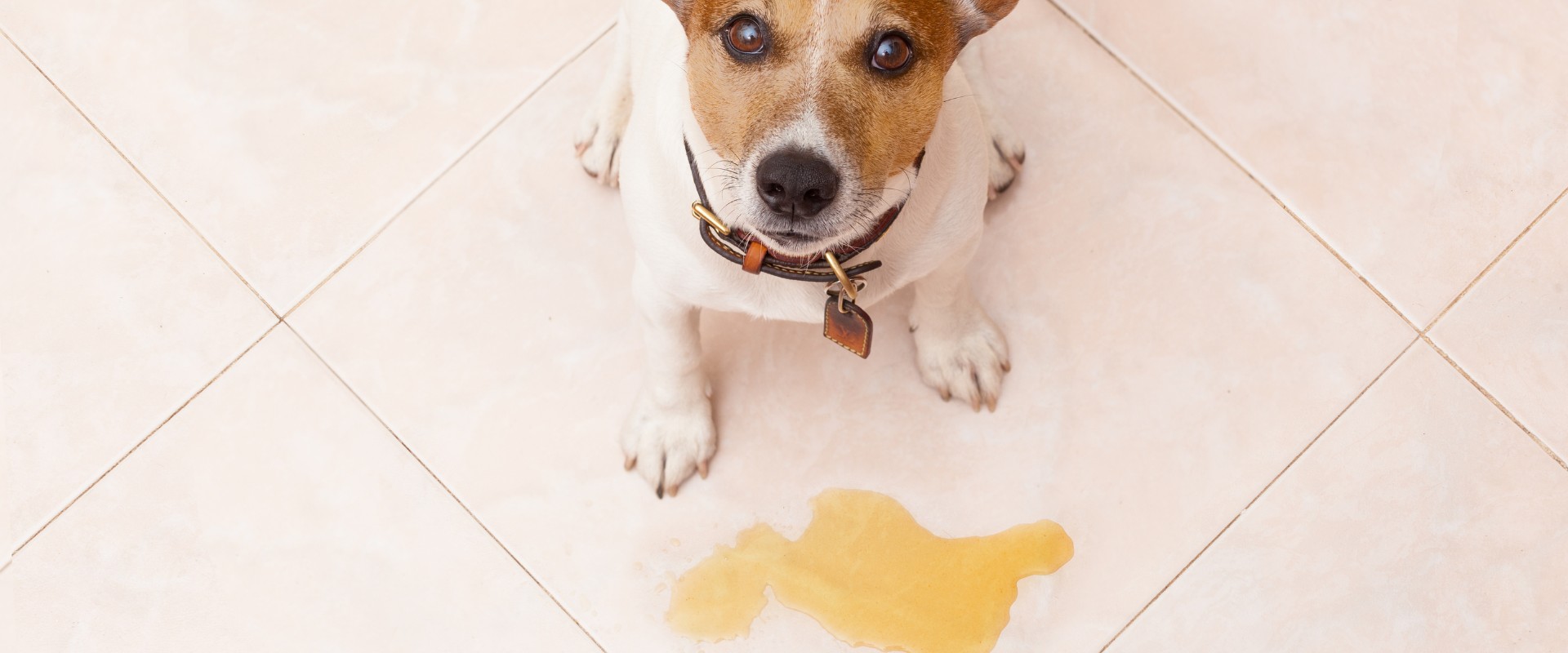Crate training is a widely recommended practice for housetraining and socializing puppies. While it may seem daunting at first, with patience and consistency, most puppies can learn to love their crates and enjoy the security and comfort they provide.
Why Crate Train Your Puppy at Night?
Crate training offers several benefits for both puppies and their owners:
Housetraining: Crates help prevent accidents by providing puppies with a designated spot to eliminate.
Security and Comfort: Crates offer puppies a den-like environment that provides a sense of security and comfort.
Destructive Behavior Prevention: Crates prevent puppies from chewing on furniture or engaging in other destructive behaviors while unsupervised.
Socialization: Crates can be used for socialization by introducing puppies to their crates in positive settings.
Choosing the Right Crate
The first step in crate training is selecting an appropriately sized crate. The crate should be large enough for the puppy to stand up, turn around, and lie down comfortably. However, it should not be too large, as puppies may feel insecure in a spacious environment.
Introducing the Crate
Make the crate a positive and inviting space for your puppy. Place the crate in a quiet area of your home and leave the door open. Encourage your puppy to enter the crate by tossing treats inside or placing a favorite toy inside.
Feeding in the Crate
Start feeding your puppy’s meals inside the crate. This will help associate the crate with positive experiences. Place the food bowl at the back of the crate to encourage your puppy to move fully inside.

Daytime Crating
Gradually increase the amount of time your puppy spends in the crate during the day. Start with short periods, such as 15-20 minutes, and gradually extend the duration. Make sure your puppy has access to water at all times.
Nighttime Crating
Once your puppy is comfortable spending time in the crate during the day, you can start introducing nighttime crating. Follow these steps:
Establish a Bedtime Routine: Take your puppy out for a final potty break and engage in some calming activities, such as gentle petting or a short walk.
Crate Preparation: Make sure the crate is comfortable with soft bedding and a familiar toy.
Crate Placement: Place the crate in your bedroom or a nearby area.
Initial Crating: Place your puppy in the crate with a positive cue, such as “crate time” or “night-night.”
Overnight Crating: Be prepared for some whining or barking initially. Ignore this behavior as long as your puppy is not in distress.
Dealing with Nighttime Whining
Whining and barking are common during the initial stages of nighttime crating. Resist the urge to let your puppy out of the crate every time they make noise. This will reinforce the behavior and make crate training more difficult.
Consistency is Key
Consistency is crucial for successful crate training. Stick to a regular schedule and avoid giving in to your puppy’s whining or barking. With patience and persistence, your puppy will learn to accept the crate as a safe and comfortable place to sleep.
Additional Tips for Success
Never use the crate as punishment: This will create negative associations with the crate.
Crate games: Make crate training fun by playing games that involve entering and exiting the crate.
Crate door training: Gradually close the crate door while your puppy is inside, increasing the duration over time.
Patience and consistency: Remember, crate training takes time and consistency. Be patient with your puppy and stick to the plan.
By following these guidelines and practicing patience and consistency, you can successfully crate train your puppy at night and reap the many benefits it offers for both you and your furry companion.



